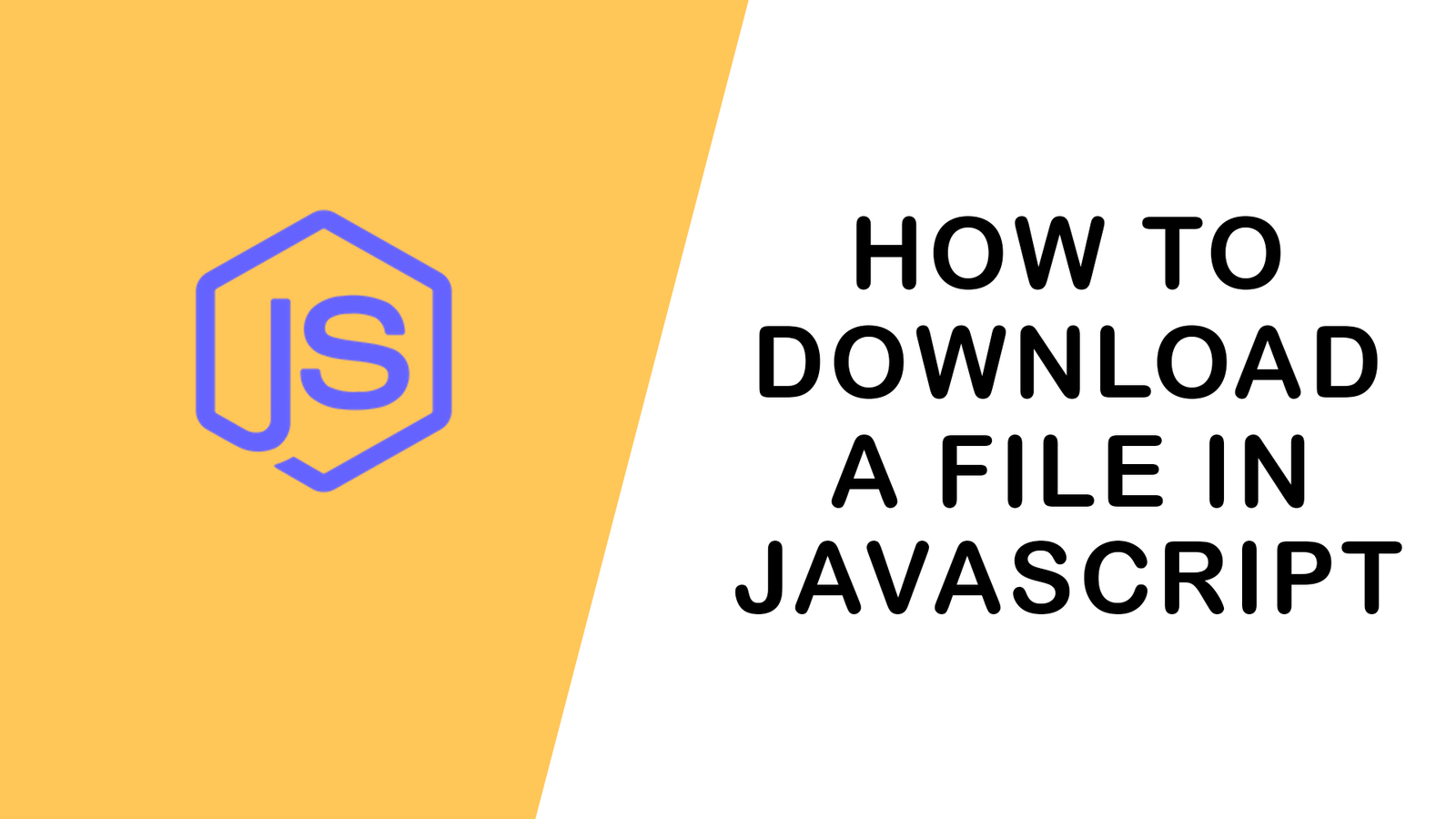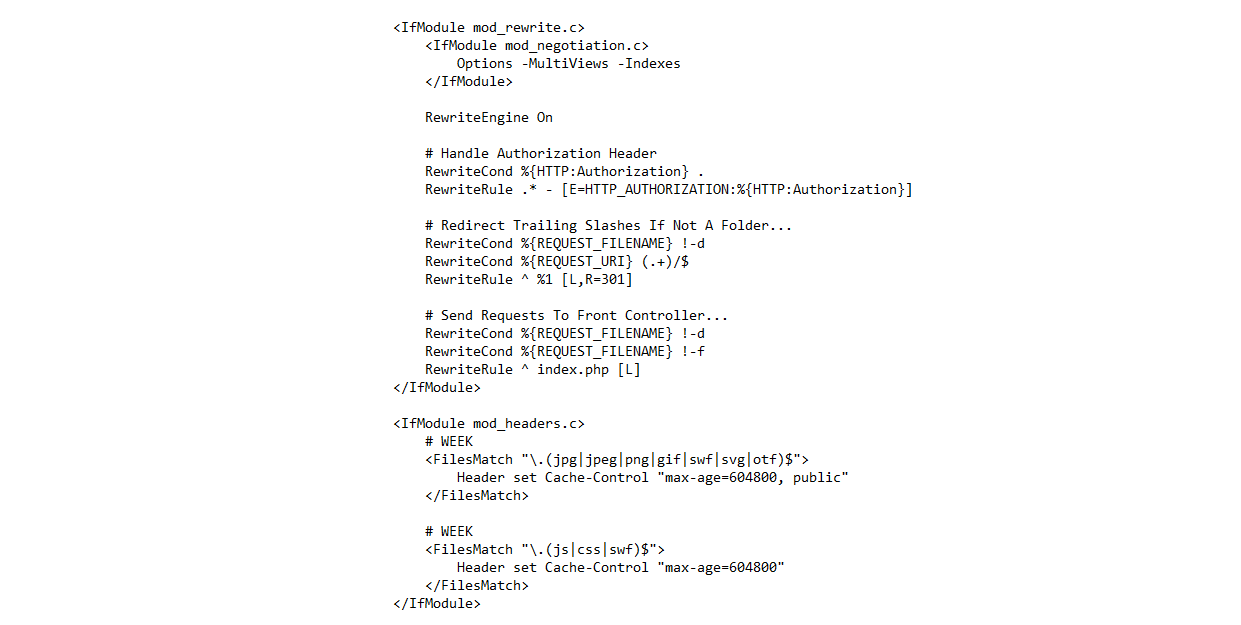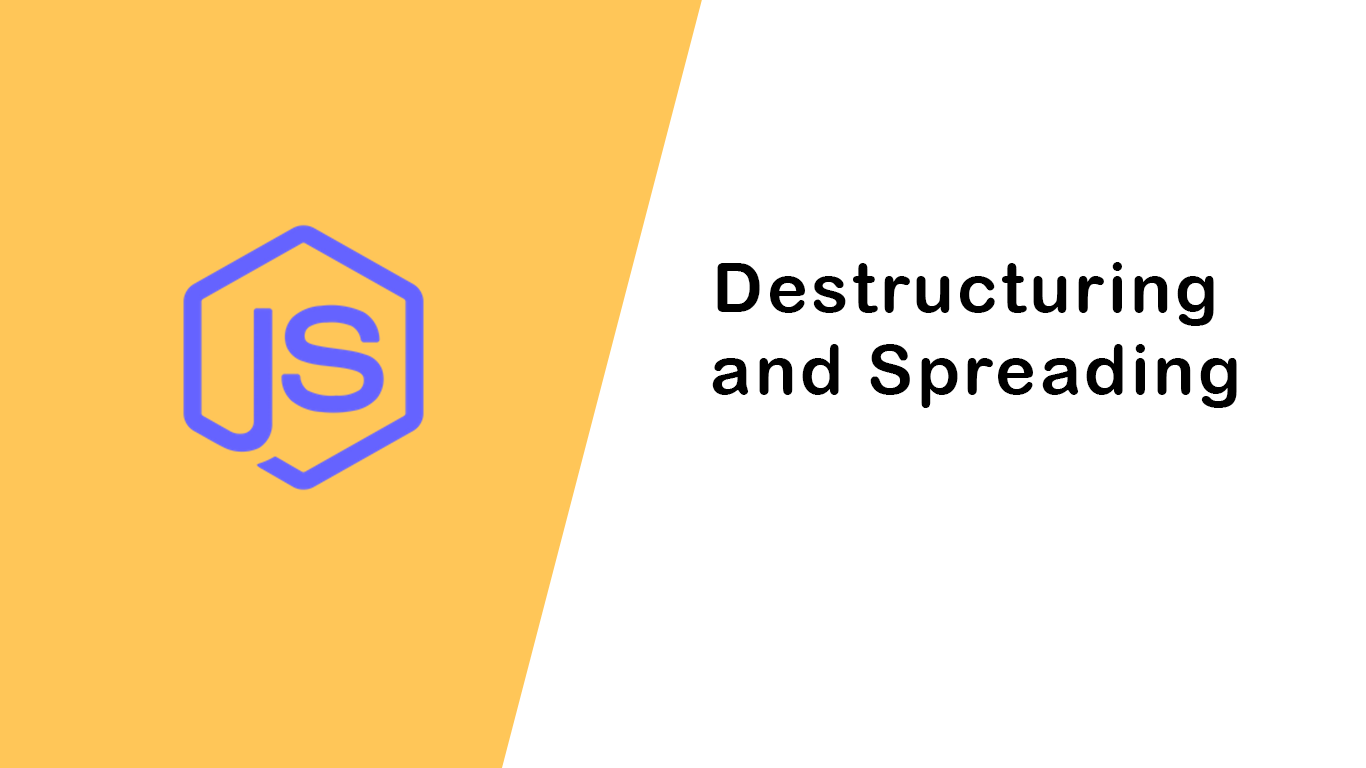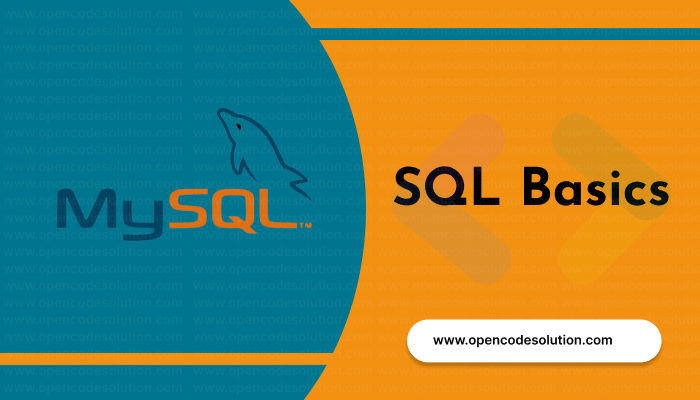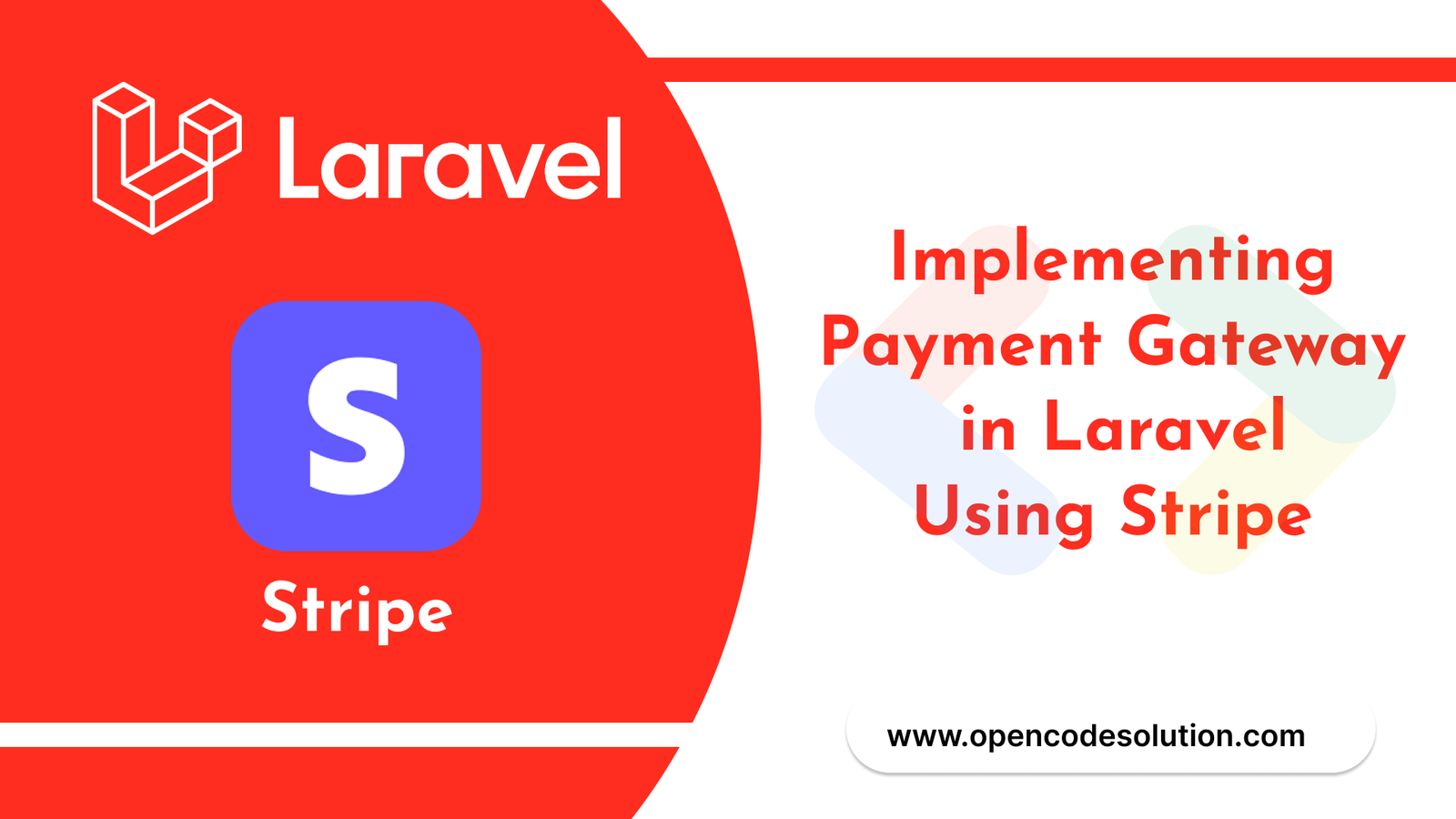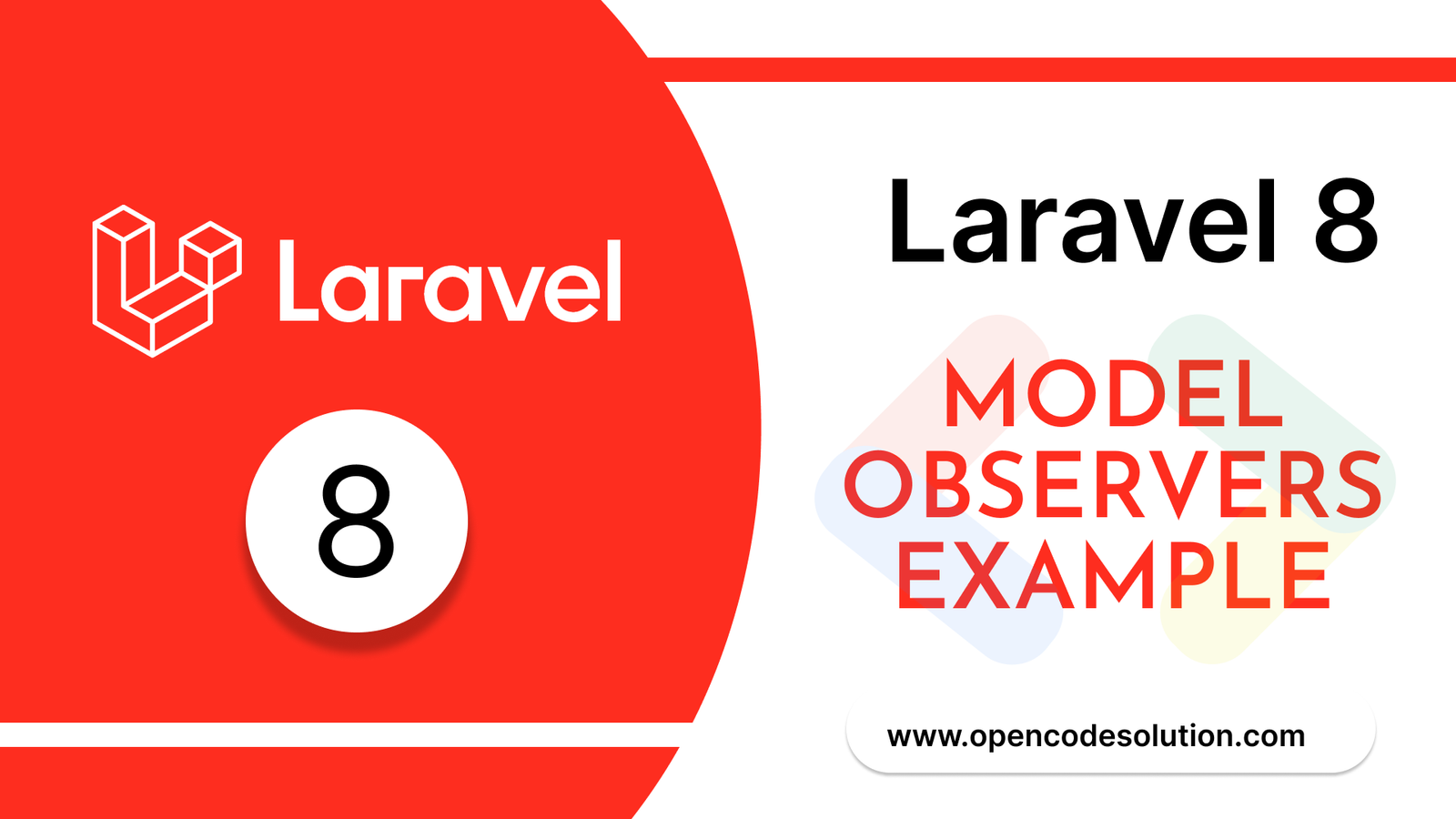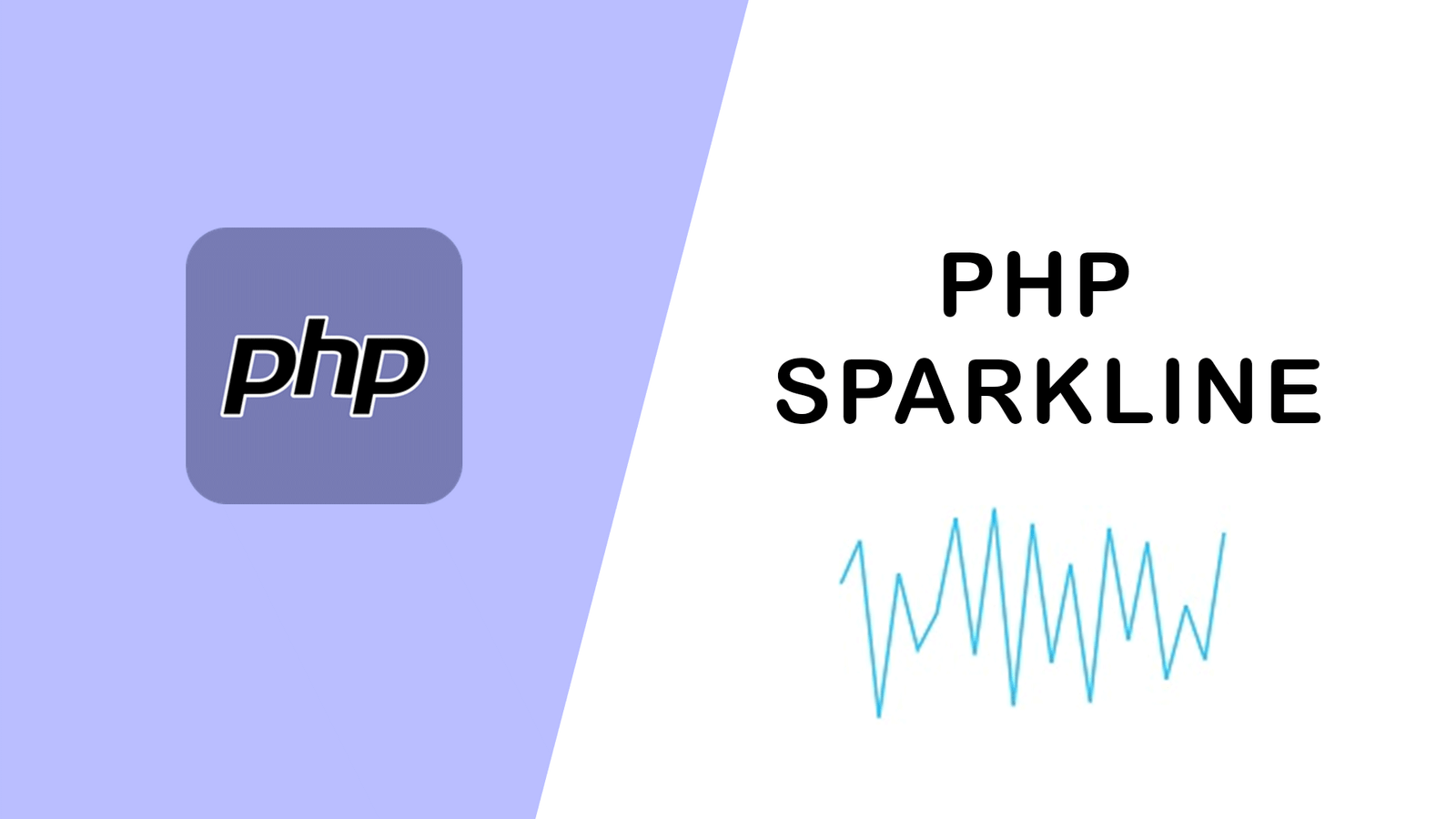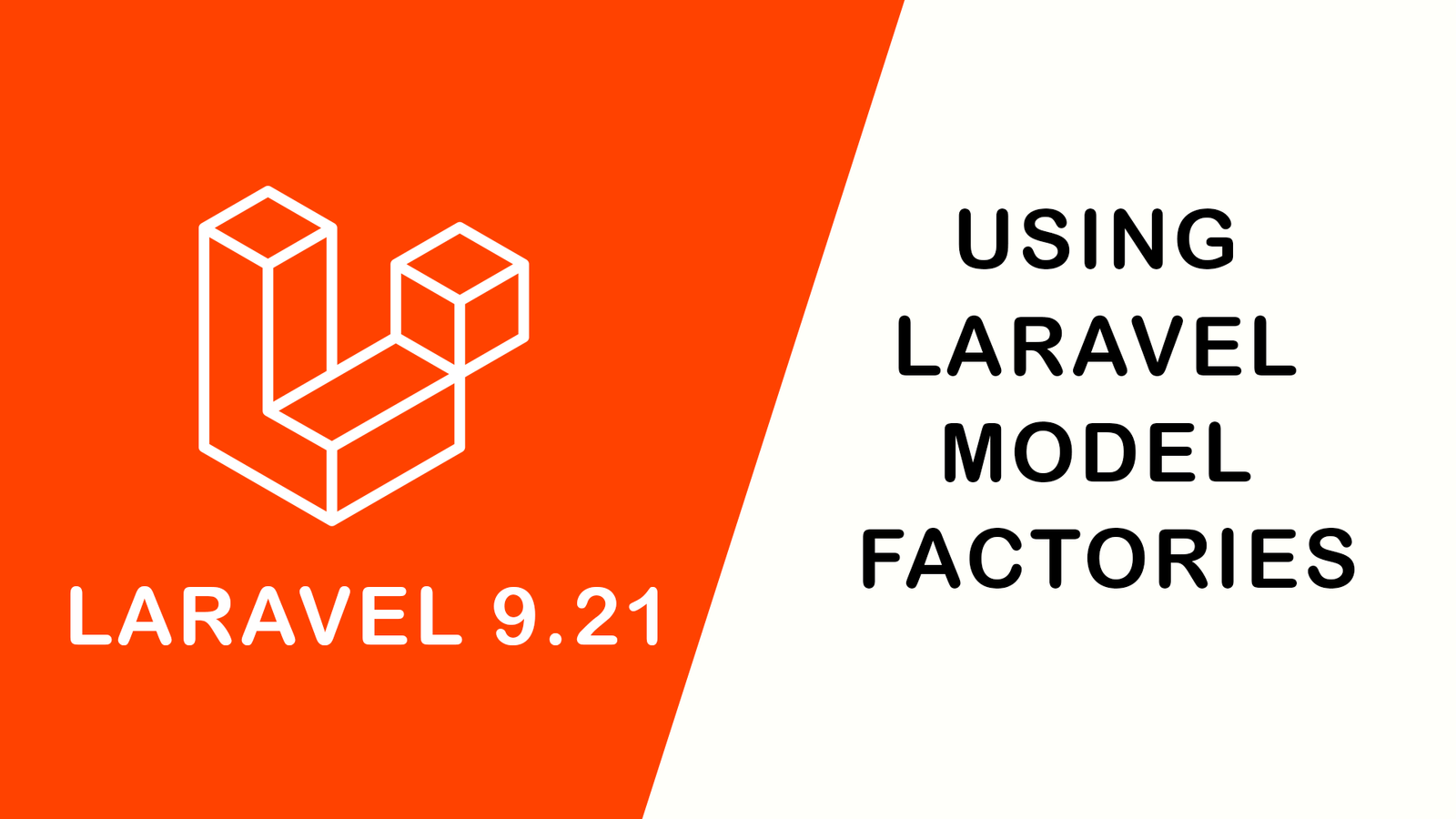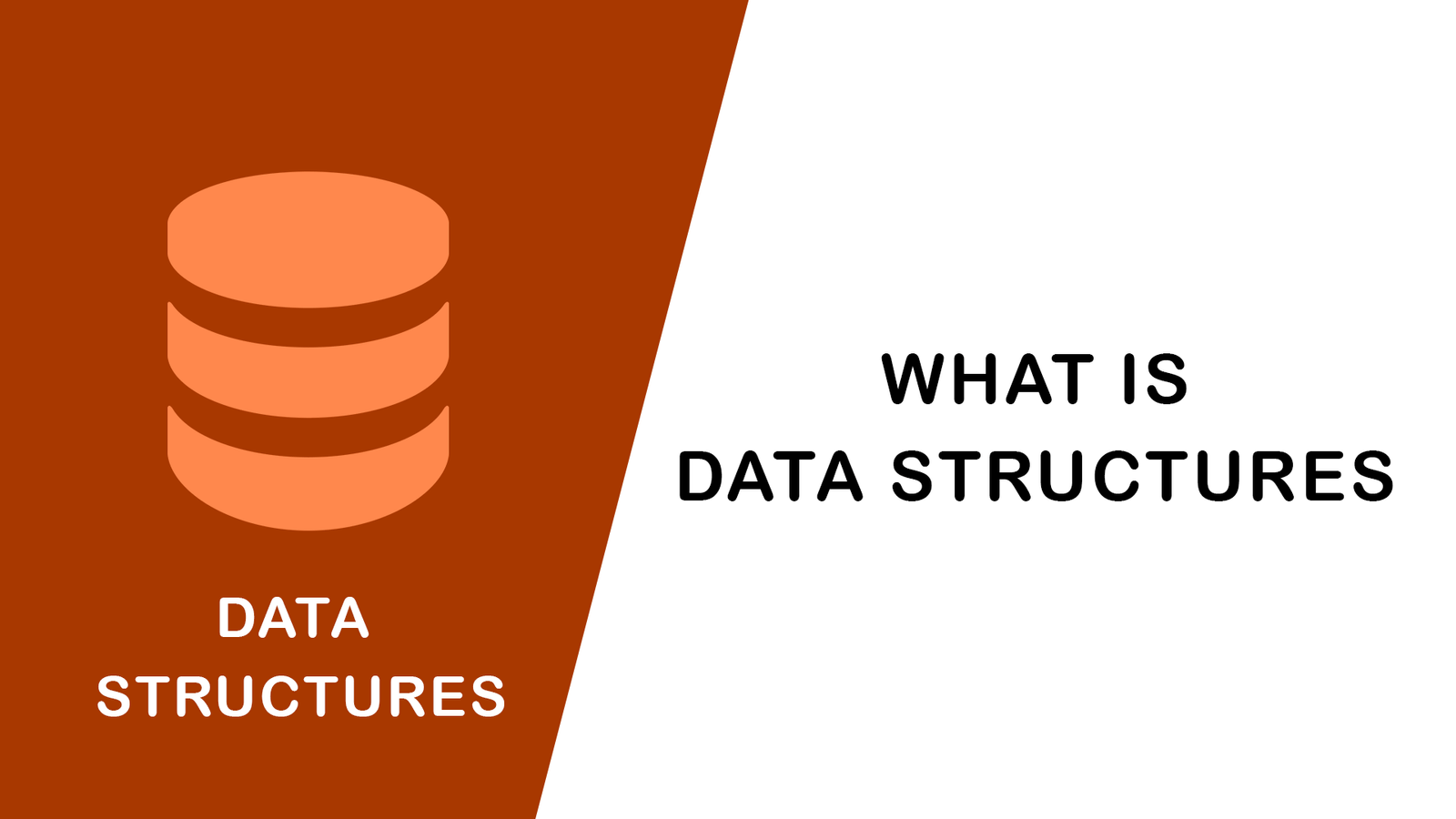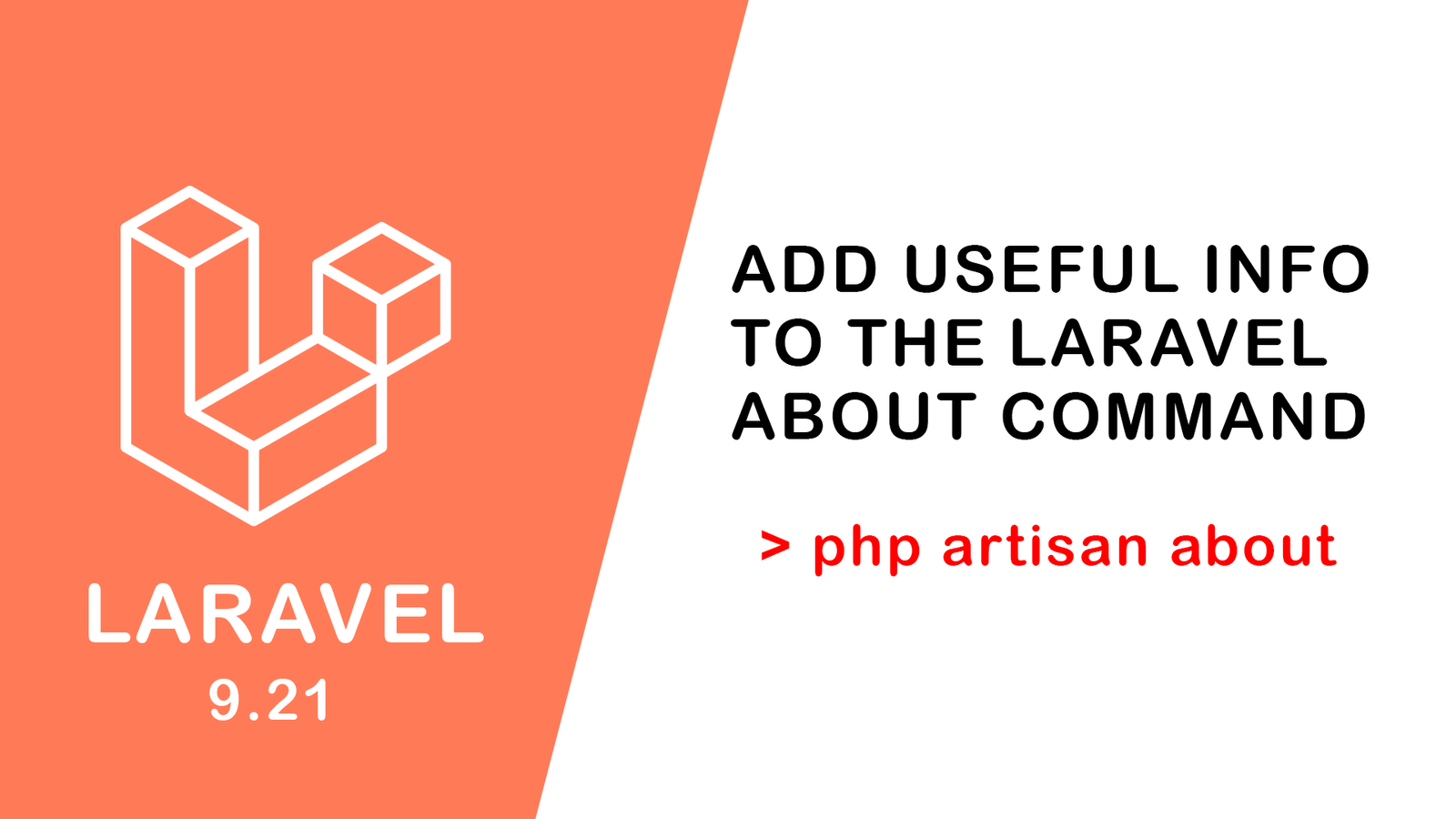Functions in javascript
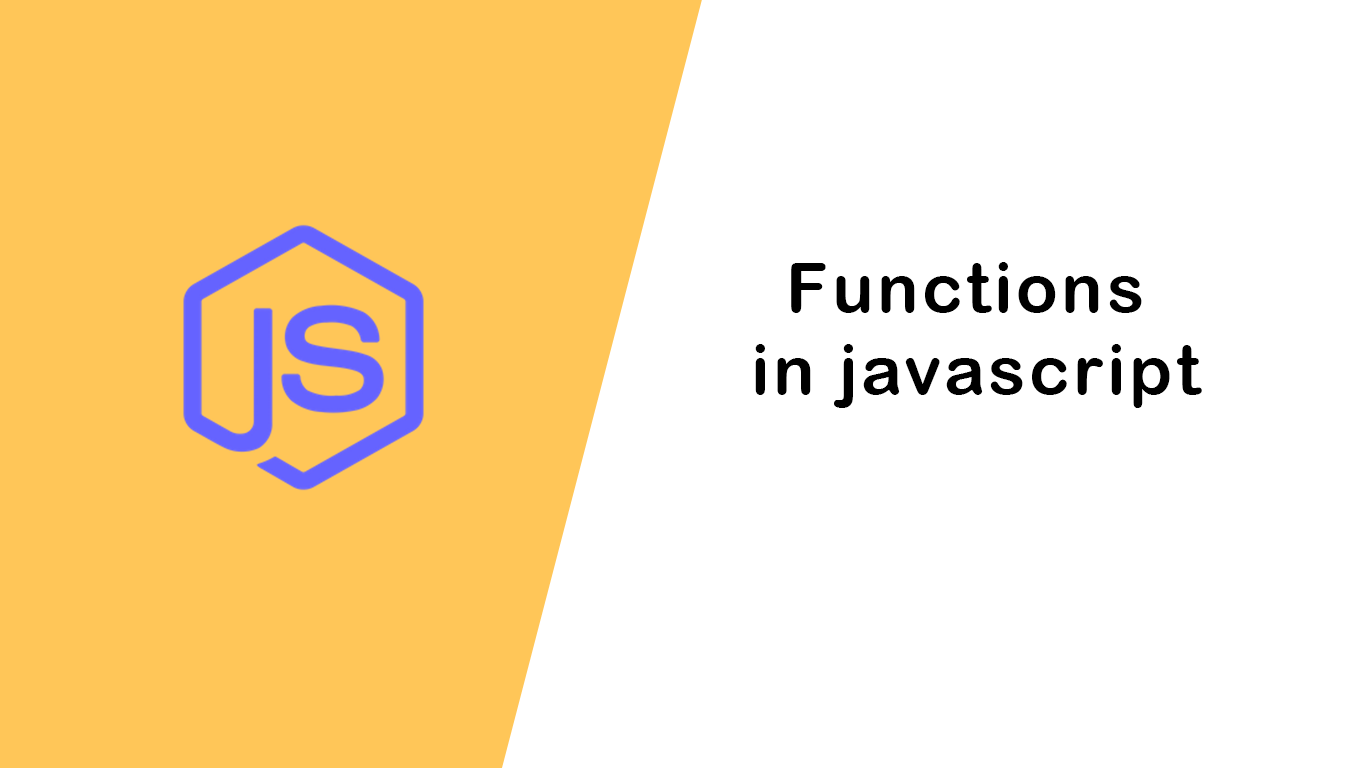
Hi dev,
In this article we will learn about Functions in javascript.
So far we have seen many builtin JavaScript functions. In this section, we will focus on custom functions. What is a function? Before we start making functions, lets understand what function is and why we need function?
A function is a reusable block of code or programming statements designed to perform a certain task. A function is declared by a function key word followed by a name, followed by parentheses (). A parentheses can take a parameter. If a function take a parameter it will be called with argument. A function can also take a default parameter. To store a data to a function, a function has to return certain data types. To get the value we call or invoke a function. Function makes code:
- clean and easy to read
- reusable
- easy to test
A function can be declared or created in couple of ways:
Declaration functionExpression functionAnonymous functionArrow function
Function Declaration
Let us see how to declare a function and how to call a function.
//declaring a function without a parameter
function functionName() {
// code goes here
}
functionName() // calling function by its name and with parentheses
Function without a parameter and return
Function can be declared without a parameter.
Example:
// function without parameter, a function which make a number square
function square() {
let num = 2
let sq = num * num
console.log(sq)
}
square() // 4
// function without parameter
function addTwoNumbers() {
let numOne = 10
let numTwo = 20
let sum = numOne + numTwo
console.log(sum)
}
addTwoNumbers() // a function has to be called by its name to be executedfunction printFullName() {
let firstName = 'Asabeneh'
let lastName = 'Yetayeh'
let space = ' '
let fullName = firstName + space + lastName
console.log(fullName)
}
printFullName() // calling a functionFunction can be declared without a parameter.
Example:
// function without parameter, a function which make a number square
function square() {
let num = 2
let sq = num * num
console.log(sq)
}
square() // 4
// function without parameter
function addTwoNumbers() {
let numOne = 10
let numTwo = 20
let sum = numOne + numTwo
console.log(sum)
}
addTwoNumbers() // a function has to be called by its name to be executedfunction printFullName() {
let firstName = 'Asabeneh'
let lastName = 'Yetayeh'
let space = ' '
let fullName = firstName + space + lastName
console.log(fullName)
}
printFullName() // calling a function
Function returning value
Function can also return values, if a function does not return values the value of the function is undefined. Let us write the above functions with return. From now on, we return value to a function instead of printing it.
function printFullName() {
let firstName = 'Asabeneh'
let lastName = 'Yetayeh'
let space = ' '
let fullName = firstName + space + lastName
return fullName
}
console.log(printFullName())function addTwoNumbers() {
let numOne = 2
let numTwo = 3
let total = numOne + numTwo
return total
}
console.log(addTwoNumbers())Function with a parameter
In a function we can pass different data types(number, string, boolean, object, function) as a parameter.
// function with one parameter
function functionName(parm1) {
//code goes her
}
functionName(parm1) // during calling or invoking one argument needed
function areaOfCircle(r) {
let area = Math.PI * r * r
return area
}
console.log(areaOfCircle(10)) // should be called with one argument
function square(number) {
return number * number
}
console.log(square(10))Function with two parameters
// function with two parameters
function functionName(parm1, parm2) {
//code goes her
}
functionName(parm1, parm2) // during calling or invoking two arguments needed
// Function without parameter doesn't take input, so lets make a function with parameters
function sumTwoNumbers(numOne, numTwo) {
let sum = numOne + numTwo
console.log(sum)
}
sumTwoNumbers(10, 20) // calling functions
// If a function doesn't return it doesn't store data, so it should return
function sumTwoNumbers(numOne, numTwo) {
let sum = numOne + numTwo
return sum
}
console.log(sumTwoNumbers(10, 20))
function printFullName(firstName, lastName) {
return `${firstName} ${lastName}`
}
console.log(printFullName('Asabeneh', 'Yetayeh'))Function with many parameters
// function with multiple parameters
function functionName(parm1, parm2, parm3,...){
//code goes here
}
functionName(parm1,parm2,parm3,...) // during calling or invoking three arguments needed
// this function takes array as a parameter and sum up the numbers in the array
function sumArrayValues(arr) {
let sum = 0;
for (let i = 0; i < arr.length; i++) {
sum = sum + arr[i];
}
return sum;
}
const numbers = [1, 2, 3, 4, 5];
//calling a function
console.log(sumArrayValues(numbers));
const areaOfCircle = (radius) => {
let area = Math.PI * radius * radius;
return area;
}
console.log(areaOfCircle(10))Function with unlimited number of parameters
Sometimes we do not know how many arguments the user going to pass. Therefore, we should know how to write a function which can take unlimited number of arguments. The way we do it has a significant difference between a function declaration(regular function) and arrow function. Let us see examples both in function declaration and arrow function.
Unlimited number of parameters in regular function
A function declaration provides a function scoped arguments array like object. Any thing we passed as argument in the function can be accessed from arguments object inside the functions. Let us see an example
// Let us access the arguments object
function sumAllNums() {
console.log(arguments)
}
sumAllNums(1, 2, 3, 4))
// Arguments(4) [1, 2, 3, 4, callee: ƒ, Symbol(Symbol.iterator): ƒ]// function declaration
function sumAllNums() {
let sum = 0
for (let i = 0; i < arguments.length; i++) {
sum += arguments[i]
}
return sum
}
console.log(sumAllNums(1, 2, 3, 4)) // 10
console.log(sumAllNums(10, 20, 13, 40, 10)) // 93
console.log(sumAllNums(15, 20, 30, 25, 10, 33, 40)) // 173
Unlimited number of parameters in arrow function
Arrow function does not have the function scoped arguments object. To implement a function which takes unlimited number of arguments in an arrow function we use spread operator followed by any parameter name. Any thing we passed as argument in the function can be accessed as array in the arrow function. Let us see an example
// Let us access the arguments object
const sumAllNums = (...args) => {
// console.log(arguments), arguments object not found in arrow function
// instead we use an a parameter followed by spread operator
console.log(args)
}
sumAllNums(1, 2, 3, 4))
// [1, 2, 3, 4]// function declaration
const sumAllNums = (...args) => {
let sum = 0
for (const element of args) {
sum += element
}
return sum
}
console.log(sumAllNums(1, 2, 3, 4)) // 10
console.log(sumAllNums(10, 20, 13, 40, 10)) // 93
console.log(sumAllNums(15, 20, 30, 25, 10, 33, 40)) // 173Anonymous Function
Anonymous function or without name
const anonymousFun = function () {
console.log(
'I am an anonymous function and my value is stored in anonymousFun'
)
}Expression Function
Expression functions are anonymous functions. After we create a function without a name and we assign it to a variable. To return a value from the function we should call the variable. Look at the example below.
// Function expression
const square = function (n) {
return n * n
}
console.log(square(2)) // -> 4Self Invoking Functions
Self invoking functions are anonymous functions which do not need to be called to return a value.
;(function (n) {
console.log(n * n)
})(2) // 4, but instead of just printing if we want to return and store the data, we do as shown below
let squaredNum = (function (n) {
return n * n
})(10)
console.log(squaredNum)Arrow Function
Arrow function is an alternative to write a function, however function declaration and arrow function have some minor differences.
Arrow function uses arrow instead of the keyword function to declare a function. Let us see both function declaration and arrow function.
// This is how we write normal or declaration function
// Let us change this declaration function to an arrow function
function square(n) {
return n * n
}
console.log(square(2)) // 4
const square = (n) => {
return n * n
}
console.log(square(2)) // -> 4
// if we have only one line in the code block, it can be written as follows, explicit return
const square = (n) => n * n // -> 4const changeToUpperCase = (arr) => {
const newArr = []
for (const element of arr) {
newArr.push(element.toUpperCase())
}
return newArr
}
const countries = ['Finland', 'Sweden', 'Norway', 'Denmark', 'Iceland']
console.log(changeToUpperCase(countries))
// ["FINLAND", "SWEDEN", "NORWAY", "DENMARK", "ICELAND"]const printFullName = (firstName, lastName) => {
return `${firstName} ${lastName}`
}
console.log(printFullName('Asabeneh', 'Yetayeh'))The above function has only the return statement, therefore, we can explicitly return it as follows.
const printFullName = (firstName, lastName) => `${firstName} ${lastName}`
console.log(printFullName('Asabeneh', 'Yetayeh'))Function with default parameters
Sometimes we pass default values to parameters, when we invoke the function if we do not pass an argument the default value will be used. Both function declaration and arrow function can have a default value or values.
// syntax
// Declaring a function
function functionName(param = value) {
//codes
}
// Calling function
functionName()
functionName(arg)
Example:
function greetings(name = 'Peter') {
let message = `${name}, welcome to 30 Days Of JavaScript!`
return message
}
console.log(greetings())
console.log(greetings('Asabeneh'))function generateFullName(firstName = 'Asabeneh', lastName = 'Yetayeh') {
let space = ' '
let fullName = firstName + space + lastName
return fullName
}
console.log(generateFullName())
console.log(generateFullName('David', 'Smith'))function calculateAge(birthYear, currentYear = 2019) {
let age = currentYear - birthYear
return age
}
console.log('Age: ', calculateAge(1819))function weightOfObject(mass, gravity = 9.81) {
let weight = mass * gravity + ' N' // the value has to be changed to string first
return weight
}
console.log('Weight of an object in Newton: ', weightOfObject(100)) // 9.81 gravity at the surface of Earth
console.log('Weight of an object in Newton: ', weightOfObject(100, 1.62)) // gravity at surface of MoonLet us see how we write the above functions with arrow functions
// syntax
// Declaring a function
const functionName = (param = value) => {
//codes
}
// Calling function
functionName()
functionName(arg)
Example:
const greetings = (name = 'Peter') => {
let message = name + ', welcome to 30 Days Of JavaScript!'
return message
}
console.log(greetings())
console.log(greetings('Asabeneh'))const generateFullName = (firstName = 'Asabeneh', lastName = 'Yetayeh') => {
let space = ' '
let fullName = firstName + space + lastName
return fullName
}
console.log(generateFullName())
console.log(generateFullName('David', 'Smith'))const calculateAge = (birthYear, currentYear = 2019) => currentYear - birthYear
console.log('Age: ', calculateAge(1819))const weightOfObject = (mass, gravity = 9.81) => mass * gravity + ' N'
console.log('Weight of an object in Newton: ', weightOfObject(100)) // 9.81 gravity at the surface of Earth
console.log('Weight of an object in Newton: ', weightOfObject(100, 1.62)) // gravity at surface of Moon
Function declaration versus Arrow function
It ill be covered in other time
Exercises
Exercises: Level 1
Declare a function fullName and it takes firstName, lastName as a parameter and it returns your full - name.
Declare a function addNumbers and it takes two two parameters and it returns sum.
Area of a circle is calculated as follows: area = π x r x r. Write a function which calculates _areaOfCircle
Temperature in oC can be converted to oF using this formula: oF = (oC x 9/5) + 32. Write a function which convert oC to oF convertCelciusToFahrenheit.
Body mass index(BMI) is calculated as follows: bmi = weight in Kg / (height x height) in m2. Write a function which calculates bmi. BMI is used to broadly define different weight groups in adults 20 years old or older.Check if a person is underweight, normal, overweight or obese based the information given below.
- The same groups apply to both men and women.
- Underweight: BMI is less than 18.5
- Normal weight: BMI is 18.5 to 24.9
- Overweight: BMI is 25 to 29.9
- Obese: BMI is 30 or more
Write a function called checkSeason, it takes a month parameter and returns the season:Autumn, Winter, Spring or Summer.
Exercises: Level 2
- Quadratic equation is calculated as follows: ax2 + bx + c = 0. Write a function which calculates value or values of a quadratic equation, solveQuadEquation.
console.log(solveQuadratic()) // {0}
console.log(solveQuadratic(1, 4, 4)) // {-2}
console.log(solveQuadratic(1, -1, -2)) // {2, -1}
console.log(solveQuadratic(1, 7, 12)) // {-3, -4}
console.log(solveQuadratic(1, 0, -4)) //{2, -2}
console.log(solveQuadratic(1, -1, 0)) //{1, 0}- Declare a function name printArray. It takes array as a parameter and it prints out each value of the array.
- Write a function name showDateTime which shows time in this format: 08/01/2020 04:08 using the Date object.
showDateTime()
08/01/2020 04:08Declare a function name swapValues. This function swaps value of x to y.
swapValues(3, 4) // x => 4, y=>3
swapValues(4, 5) // x = 5, y = 4- Declare a function name reverseArray. It takes array as a parameter and it returns the reverse of the array (don't use method).
console.log(reverseArray([1, 2, 3, 4, 5]))
//[5, 4, 3, 2, 1]
console.log(reverseArray(['A', 'B', 'C']))
//['C', 'B', 'A']- Declare a function name capitalizeArray. It takes array as a parameter and it returns the - capitalizedarray.
- Declare a function name addItem. It takes an item parameter and it returns an array after adding the item
- Declare a function name removeItem. It takes an index parameter and it returns an array after removing an ite
- Declare a function name evensAndOdds . It takes a positive integer as parameter and it counts number of evens and odds in the number.
- evensAndOdds(100); The number of odds are 50. The number of evens are 51.
- Write a function which takes any number of arguments and return the sum of the arguments
sum(1, 2, 3) // -> 6
sum(1, 2, 3, 4) // -> 10- Declare a function name userIdGenerator. When this function is called it generates seven character id. The function return the id.
console.log(userIdGenerator());
41XTDbEExercises: Level 3
- Declare a function name userIdGeneratedByUser. It doesn’t take any parameter but it takes two inputs using prompt(). One of the input is the number of characters and the second input is the number of ids which are supposed to be generated.
userIdGeneratedByUser()
'kcsy2
SMFYb
bWmeq
ZXOYh
2Rgxf
'
userIdGeneratedByUser()
'1GCSgPLMaBAVQZ26
YD7eFwNQKNs7qXaT
ycArC5yrRupyG00S
UbGxOFI7UXSWAyKN
dIV0SSUTgAdKwStr
'- Write a function generateColors which can generate any number of hexa or rgb colors.
console.log(generateColors('hexa', 3)) // ['#a3e12f', '#03ed55', '#eb3d2b']
console.log(generateColors('hexa', 1)) // '#b334ef'
console.log(generateColors('rgb', 3)) // ['rgb(5, 55, 175)', 'rgb(50, 105, 100)', 'rgb(15, 26, 80)']
console.log(generateColors('rgb', 1)) // 'rgb(33,79, 176)'
- Call your function shuffleArray, it takes an array as a parameter and it returns a shuffled array
- Call your function factorial, it takes a whole number as a parameter and it return a factorial of the number
- Call your function isEmpty, it takes a parameter and it checks if it is empty or not
- Write a function called average, it takes an array parameter and returns the average of the items. Check if all the array items are number types. If not give return reasonable feedback.
Hope it can help you…
Categories : JavaScript
Tags : JavaScript

Praful Sangani
0 Comments
Related Articles
How to download a file in JavaScript
 By Praful Sangani -
July 25,2022
By Praful Sangani -
July 25,2022
How to swapping variables in javascript
 By Praful Sangani -
August 03,2022
By Praful Sangani -
August 03,2022
JavaScript exercise-examples for Beginners
 By Praful Sangani -
August 03,2022
By Praful Sangani -
August 03,2022


